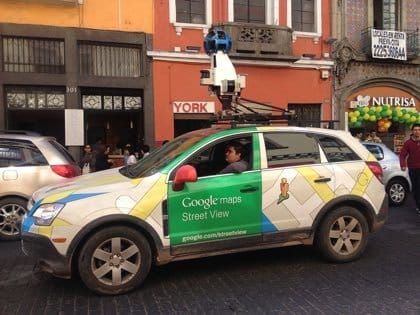
Visualizing “Big Data”? Don’t Forget to Connect “Little Data” to Achieve Ground-breaking Insights
The New York Times recently reported on the results of a fascinating project conducted at Stamford University. Using over 50 million images drawn from Google Street View, along with ZIP code data, the researchers were able to associate automobile ownership preferences with voting patterns. For example, the researchers found that the type of vehicles most strongly associated with Republican voting districts are extended-cab pickup trucks. While this particular finding may not surprise you, the un...
HELLO!
This premium article is exclusively reserved for Subscription Insider PRO members.
Want access to premium member-only content like this article? Plus, conference discounts and other benefits? We deliver the information you need, for improved decision-making, skills, and subscription business profitability. Check out these membership options!
Learn more about Subscription Insider PRO memberships!
Already a Subscription Insider PRO Member?
Please Log-In Here!
- Filed in Business Strategy, Data and IoT, News, Product Development, Subscriber Only








